By Lt. Col. Harold E. Raugh, Jr., Ph.D., U.S. Army (Ret.)
Among the stalwart 4th Infantry Division soldiers who assaulted Utah Beach at Normandy on D-day were 13 specially recruited and trained Comanche Indians of the 4th Signal Company. While under enemy fire, the Comanches began laying communications wire and transmitting messages in coded Comanche, a hybrid language never before heard in Europe. This small and generally overlooked group of Comanche code talkers sent and received messages that the Germans and the Italians, as well as Comanches not trained as code talkers, could not understand.
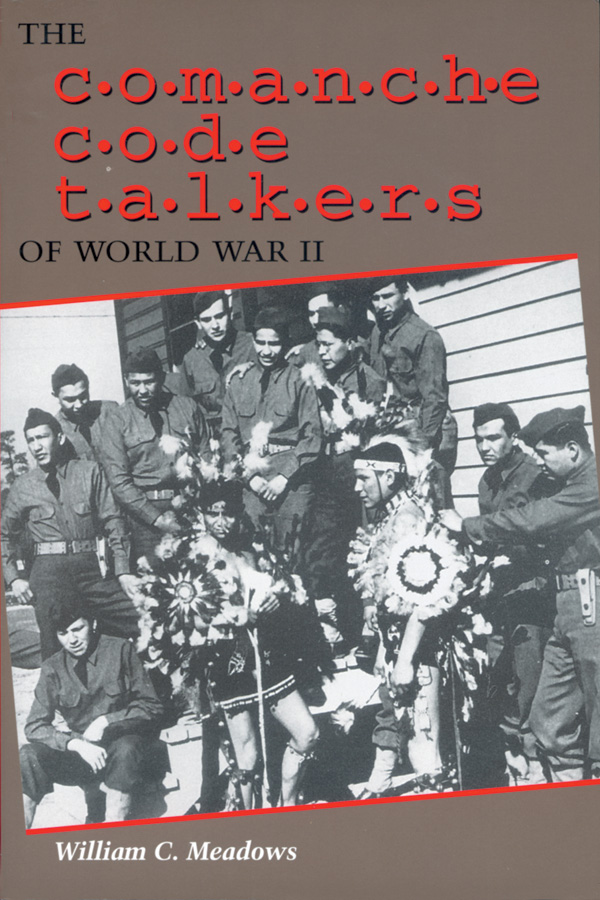 The achievements of the Comanche code talkers and their contributions on the battlefield and to eventual victory in Europe have frequently been overshadowed by others, notably the Navajo code talkers, the subject of the arguably stereotypical and clichéd 2002 MGM motion picture Windtalkers. William C. Meadows, an assistant professor of anthropology at Indiana State University, has corrected this historical oversight, and done much more, in his captivating and seminal The Comanche Code Talkers of World War II (University of Texas Press, Austin, 2003, 280 pp., illustrations, appendices, notes, bibliography, index, $24.95 softcover).
The achievements of the Comanche code talkers and their contributions on the battlefield and to eventual victory in Europe have frequently been overshadowed by others, notably the Navajo code talkers, the subject of the arguably stereotypical and clichéd 2002 MGM motion picture Windtalkers. William C. Meadows, an assistant professor of anthropology at Indiana State University, has corrected this historical oversight, and done much more, in his captivating and seminal The Comanche Code Talkers of World War II (University of Texas Press, Austin, 2003, 280 pp., illustrations, appendices, notes, bibliography, index, $24.95 softcover).
The author uses a broad interdisciplinary approach in tracing the development of Native American code talking. After a clear and perceptive introduction, the first chapter provides an overview of the origins of codes, military code development, the motivations of Native Americans to serve in the military, and the Choctaw code talker experiences in World War I.
The core of the volume is a chronicle and assessment of the Comanche code talker experience during World War II, including recruitment, basic and communications training, military assignments, and cultural activities and attitudes. The author conducted extensive interviews with Forrest Kassanavoid, Roderick Red Elk, and Charles Chibitty, the living Comanche code talkers combat veterans. The inclusion of the participants’ explanations and perceptions of their service has added “many of the more day-to-day and even humorous, dangerous, and compelling experiences that were a part of the larger story” to the historical record. It is a fascinating saga, and the author adds information on the code talkers’ postwar experiences and conducts an extensive comparison between the Comanche and the Navajo code talkers.
The author’s sources and methodology are enumerated in detail and placed superbly within their historiographical and ethnographical context. Two dozen monochrome illustrations, numerous tables, and eight appendices supplement the well-written text. The bibliography is comprehensive and sources are documented adequately.
After World War II, Kassanavoid observed, “We brought home a lot of Purple Hearts and Bronze Stars, but no one was killed…. There was some joy in the fact that we served this country of ours.” This superb account demonstrates that the Comanche code talkers continue to deserve recognition and respect for their wartime service and contributions to the American victory in Europe.
Recent and Recommended
The Royal Navy and the Palestine Patrol by Ninian Stewart, Frank Cass, London, 2002, 217 pp., illustrations, maps, notes, annexes, appendices, sources, index, $25.00 softcover.
“In the aftermath of the Second World War,” observed the Chief of the (British) Naval Staff in the Foreword to this fascinating and revealing study, “no task that fell to the Royal Navy was more demanding than the interception of sea-borne illegal immigration into Palestine 1945-48.” The story of these extensive, delicate, and generally highly successful Royal Navy operations, the only official account of which has hitherto been a classified document, has been distorted by blatantly partisan accounts and overshadowed by Jewish terrorist activities on land against the British at the same time.
The Royal Navy’s Palestine Patrol became operational in early November 1945 and from that time until May 13, 1948, 56 vessels—the most celebrated and controversial being SS President Warfield, alias “Exodus 1947”—attempted to land illegal immigrants. Of that number, only six ships were not intercepted or boarded by the Royal Navy or sunk. This well researched, clearly written, and detailed study helps set the record straight on numerous controversial episodes and provides insight on many of the causes of Arab-Israeli hostilities.
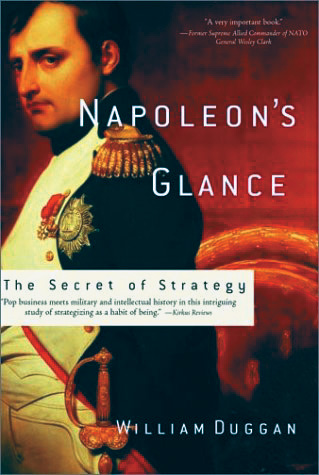 In Brief
In Brief
Napoleon’s Glance: The Genius of Strategy by William Duggan. Thunder’s Mouth Press Nation Books, New York, 2003, 304 pp., note on sources, $24.95 softcover.
Coup d’oeil, a French term for a “stroke of the eye” or “glance” is, according to von Clausewitz, “a sudden insight that shows you what course of action to take.” Novelist and business teacher William Duggan believes this was the “secret” to Napoleon’s success, although the author certainly did not “discover” this information as claimed. He then chronicles how 10 “great strategists of history”: Napoleon, Pablo Picasso, St. Paul, Emperor Sundiata, Ella Baker, Alice Paul, General George S. Patton, Jr., Mohammed Yunus, Yukichi Fukuzawa, and Joan of Arc applied coup d’oeil and how it made them successful. Despite the title, there is very little about military strategy or leadership in this narrative. Although there are a few kernels of interest here, it is doubtful if it is worth the time and effort wading though the large number of historical falsehoods, amateurish observations, and hyperbolic statements to find them.
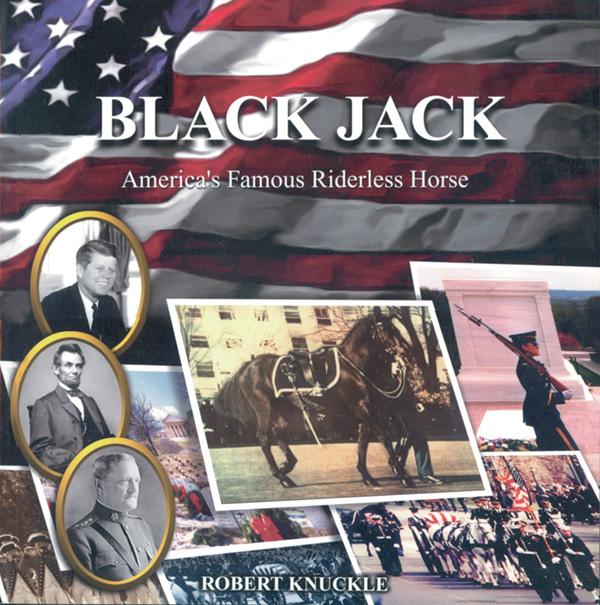 Black Jack: America’s Famous Riderless Horse by Robert Knuckle, General Store Publishing House, Burnstown, Ontario, Canada, 2003, 171 pp., illustrations, maps, index, $20.00 large format softcover.
Black Jack: America’s Famous Riderless Horse by Robert Knuckle, General Store Publishing House, Burnstown, Ontario, Canada, 2003, 171 pp., illustrations, maps, index, $20.00 large format softcover.
The sleek and elegant “Black Jack” caught a somber nation’s eye as the riderless horse, the solemn and poignant symbol of a deceased leader in President John F. Kennedy’s 1963 funeral procession. Author and actor Robert Knuckle, captivated by Black Jack’s dignity and grace, wrote this profusely illustrated life story of the famous cavalry mount. Born near Fort Reno, Oklahoma, in 1947, and named after General John J. “Black Jack” Pershing, this was the last Quartermaster-issued horse branded by the U.S. Army. Black Jack was assigned to the Caisson Platoon of the Old Guard at Fort Myer, Virginia. He served in over a thousand military burials at Arlington National Cemetery as well as the state funerals of Presidents Kennedy, Herbert Hoover, and Lyndon B. Johnson. The excellent text and mesmerizing photographs highlight the life and legacy of America’s most famous military horse, a national treasure and symbol of patriotism.
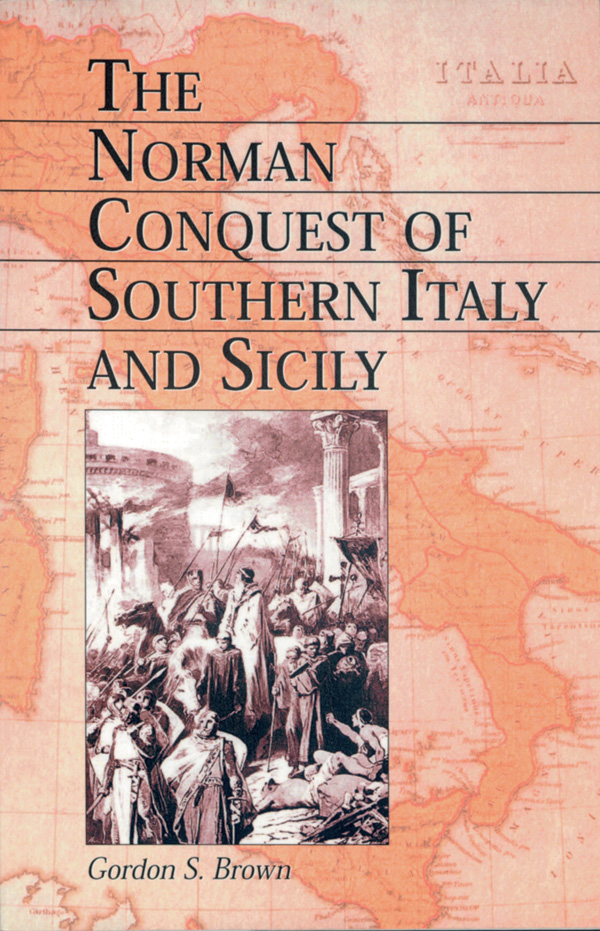 The Norman Conquest of Southern Italy and Sicily by Gordon S. Brown, McFarland, Jefferson, NC, 2003, 222 pp., maps, table, chronology, bibliography, index, $35.00 softcover.
The Norman Conquest of Southern Italy and Sicily by Gordon S. Brown, McFarland, Jefferson, NC, 2003, 222 pp., maps, table, chronology, bibliography, index, $35.00 softcover.
The Normans, in addition to conquering England in 1066, invaded Sicily and southern Italy in the second half of the 11th century. This study focuses on the Norman knights, notably the eight sons of Tancred of Hauteville, who traveled to Sicily and Italy seeking opportunity and adventure, eventually establishing a sophisticated kingdom. Their accomplishments laid the groundwork for commercial expansion in the Mediterranean, the Crusades and the reconquista in Spain, and in time, the Renaissance. Although this study claims no historical breakthroughs, new facts, or novel interpretations, it does make the interesting chronicle of the Norman conquest of Sicily and Italy accessible to a modern audience.
Captain Dunscombe’s Diary: The Real Crimean War That the British Infantry Knew, edited by Colin Robins, Withycut House, Bowdon, Cheshire, UK, 2003. 243 pp., illustrations, maps, appendices, notes, indices, $22.00 hardcover.
“Cold night; heavy musketry firing in the early part of the night; an engineer officer was blown to pieces this morning,” recorded British Army Lieutenant (later Captain) Nicholas Dunscombe matter-of-factly in his diary on April 4, 1855, during the Crimean War. This conflict, pitting Great Britain, France, Turkey, and later Sardinia against Russia, was noted for British military incompetence and maladministration. This in turn caused tremendous soldier suffering and privations as revealed graphically and perceptively in this well-edited and illustrated diary. Dunscombe served in the trenches before Sevastopol from November 1854 until the fortress-city was captured in September 1855 and remained in the Crimea until March 1856. His detailed diary entries record the fire, mire, rain, rats, cold, and cholera of Crimean War trench combat, shedding great light on the human element of warfare in the mid-19th century.
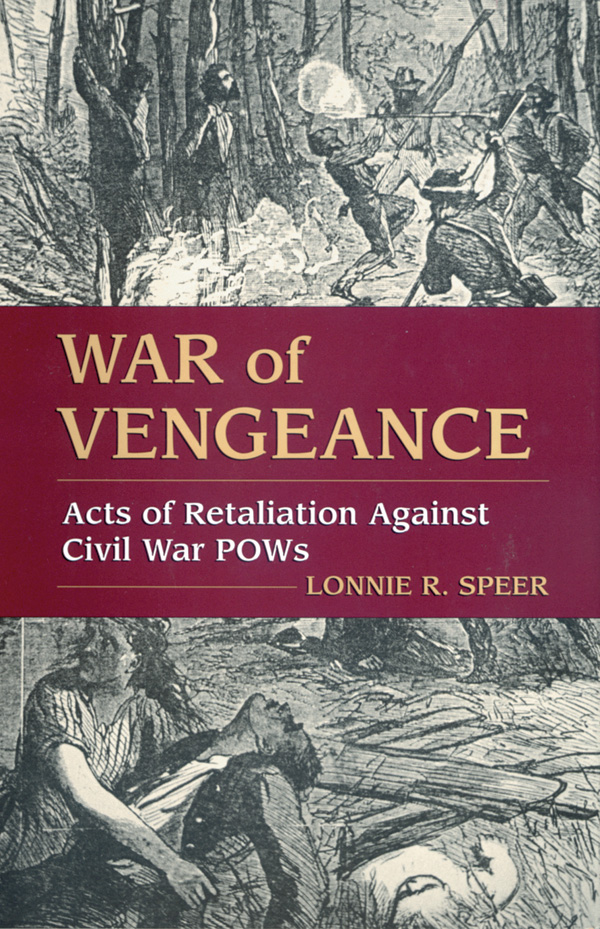 War of Vengeance: Acts of Retaliation Against Civil War by Lonnie R. Speer, Stackpole Books, Mechanicsburg, PA, 2002, 190 pp., illustrations, notes, bibliography, index, $22.95 hardcover.
War of Vengeance: Acts of Retaliation Against Civil War by Lonnie R. Speer, Stackpole Books, Mechanicsburg, PA, 2002, 190 pp., illustrations, notes, bibliography, index, $22.95 hardcover.
Using an array of primary and secondary sources, Lonnie R. Speer shows that the American Civil War, considered by some to have been history’s last great “gentleman’s war,” was anything but “civil.” The author’s focus is on reciprocal acts of retaliation and reprisals committed by both Northern and Southern troops. In the heat of the battlefield, soldiers were occasionally killed trying to surrender, and in the POW camps, execution and torture were at times indiscriminate acts of revenge and brutality that increased in frequency and ferocity. Although much of this noncombat violence was spontaneous and officially discouraged, this facet of the horrors of the Civil War cannot be ignored.
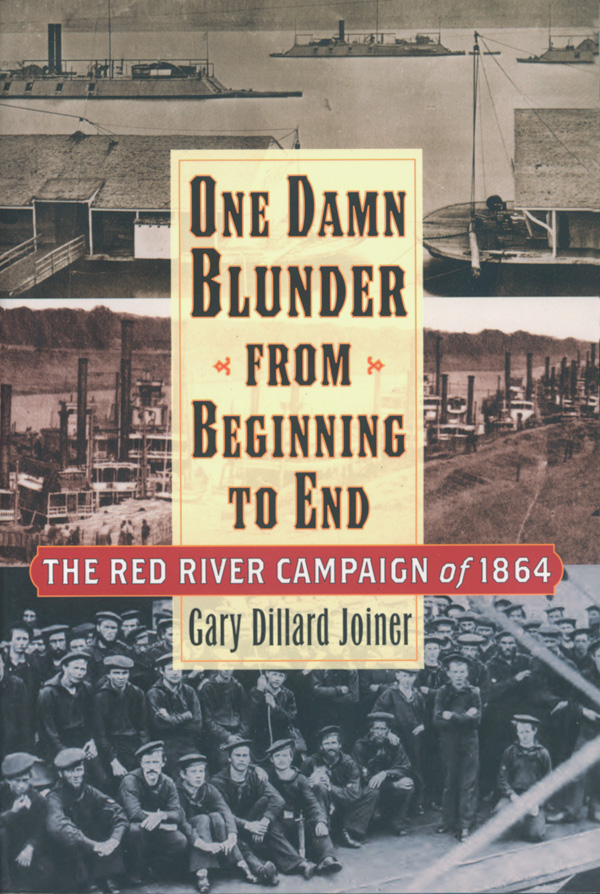 One Damn Blunder from Beginning to End: The Red River Campaign of 1864 by Gary Dillard Joiner, Scholarly Resources, Wilmington, Del., 2003, 198 pp., illustrations, maps, bibliography, index, $17.95 softcover.
One Damn Blunder from Beginning to End: The Red River Campaign of 1864 by Gary Dillard Joiner, Scholarly Resources, Wilmington, Del., 2003, 198 pp., illustrations, maps, bibliography, index, $17.95 softcover.
In 1864, a combined Union Army-Navy force attempted an overland invasion of Texas via the Red River and to capture the Confederate capital of Louisiana at Shreveport on the way. But after Maj. Gen. Nathaniel P. Banks’ 30,000-man force was attacked by Confederates near Mansfield, the Union troops retreated hastily to Alexandria, basically abandoning Adm. David Dixon Porter’s supporting gunboat flotilla. The author’s familiarity with the swampy bayous and meandering rivers in the area, combined with solid research and a clear writing style, enhance this campaign study’s value and appeal. The reader of this fine and detailed monograph will agree with William Tecumseh Sherman’s scathing observation that the generally overlooked Red River campaign was “one damn blunder from beginning to end.”
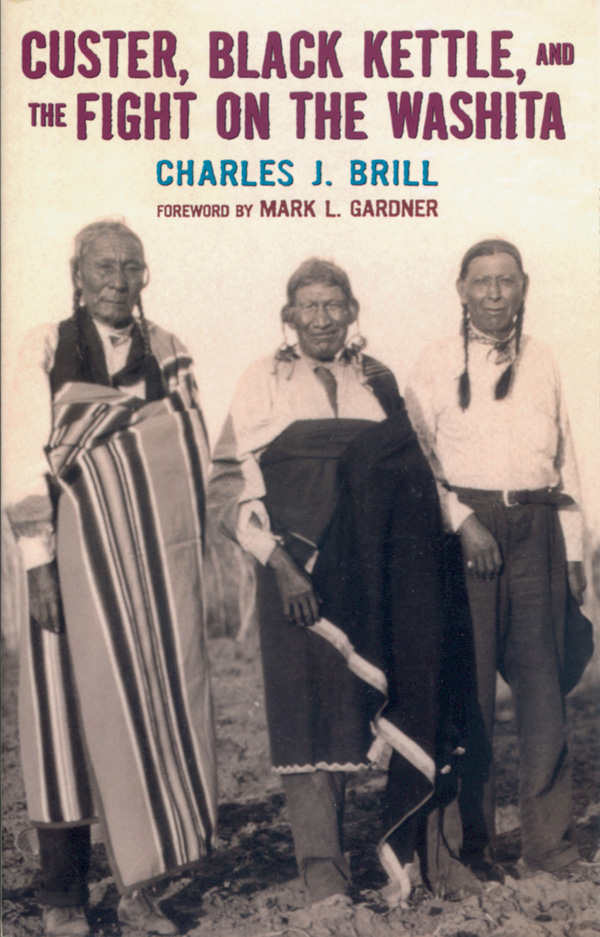 Custer, Black Kettle, and the Fight on the Washita by Charles J. Brill, University of Oklahoma, Red River Books, Norman, 2002. 328 pp., illustrations, maps, appendices, $17.95 softcover.
Custer, Black Kettle, and the Fight on the Washita by Charles J. Brill, University of Oklahoma, Red River Books, Norman, 2002. 328 pp., illustrations, maps, appendices, $17.95 softcover.
Lt. Col. George A. Custer, “boy general” and hero of the Civil War, was eager to redeem himself after reinstatement in the U.S. Army in 1868—he had been court-martialed the previous year. He led the 7th Cavalry and ruthlessly attacked on November 27, 1868, an Indian camp in western Oklahoma, which turned out to be Black Kettle’s peaceful Cheyenne—the same tribe massacred at Sand Creek in 1864—who considered themselves under military protection. Charles J. Brill chronicles this episode using Cheyenne and Arapaho accounts revealing it not as a spectacular military triumph but rather another bloody slaughter, mainly of unarmed Indian women and children. Originally published in 1938, this partisan and revisionist account of hostilities on the southern Plains in the late 1860s was an early effort to debunk the Custer myth while providing rich Indian testimony and other primary source documents relevant to this controversial “battle.”
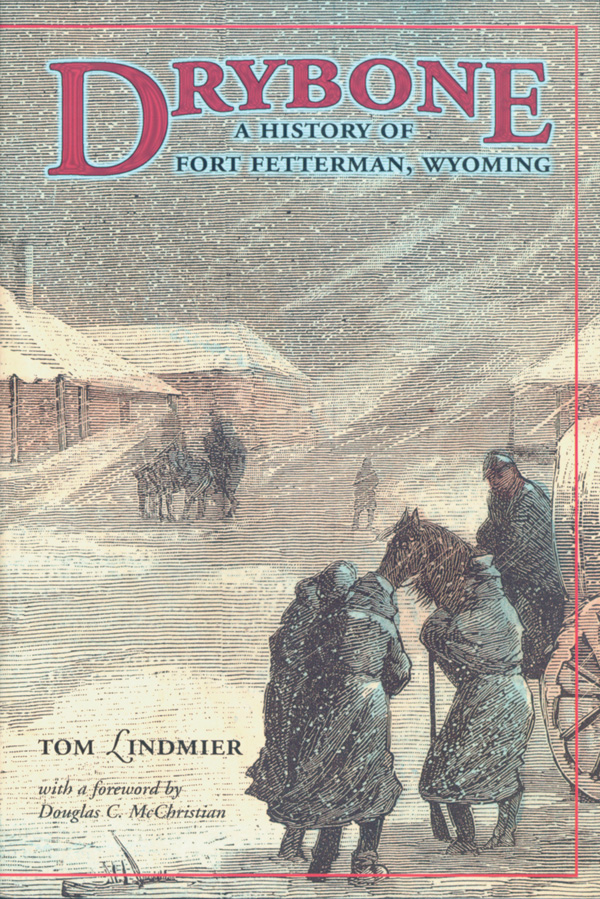 Drybone: A History of Fort Fetterman, Wyoming by Tom Lindmier, High Plains Press, Glendo, WY, 2002. 253 pp., illustrations, maps, appendices, notes, bibliography, index, $15.95 softcover.
Drybone: A History of Fort Fetterman, Wyoming by Tom Lindmier, High Plains Press, Glendo, WY, 2002. 253 pp., illustrations, maps, appendices, notes, bibliography, index, $15.95 softcover.
Fort Fetterman, Wyoming, was named after U.S. Army Captain William Fetterman who, along with 82 of his soldiers, was attacked and killed by Sioux Indians near Fort Phil Kearny on December 21, 1866. In 1867, Fort Fetterman was established on a barren wind-swept plateau where the Bozeman Trail crossed the North Platte River, for the protection of settlers and the pacification of Indians. The closing of the Bozeman Trail the following year left Fort Fetterman with little purpose, but its presence permitted ranching to flourish. It also served as an assembly area and logistical base for the U.S. Army during its “Centennial Campaigns” against the Sioux in the 1870s. This well-researched study chronicles and assesses Fort Fetterman’s contributions until, bypassed by the railroad, it was abandoned in 1882. At that time, civilians occupied its buildings and turned it into a “Wild West” town, called “Drybone” in a contemporary novel. This superb volume includes numerous illustrations, with many building floor plans and diagrams, and is of value to readers interested in military activities and installations of the frontier Army.
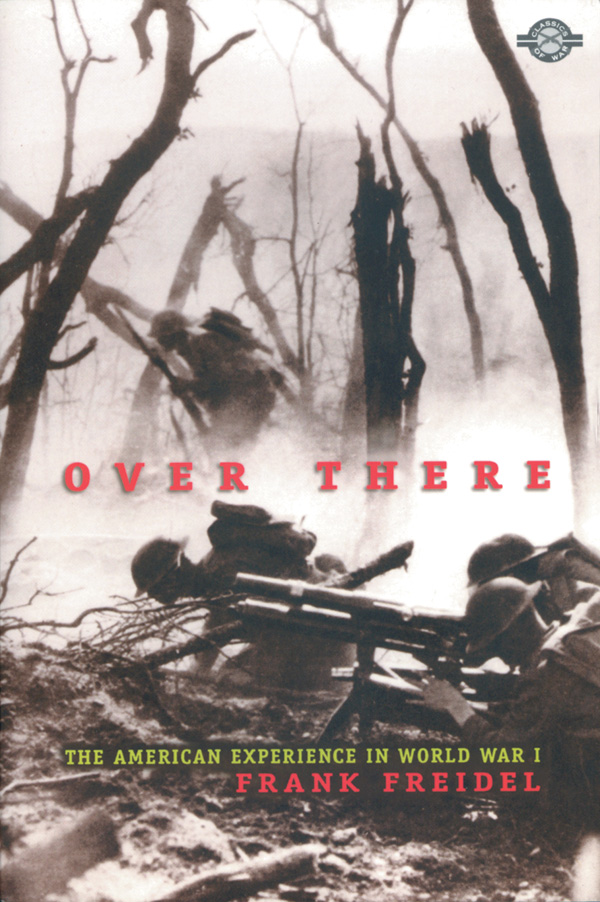 Over There: The Story of America’s First Great Overseas Crusade by Frank Freidel, Burford Books, Short Hills, NJ, 2003. 278 pp., illustrations, index, $18.95 softcover.
Over There: The Story of America’s First Great Overseas Crusade by Frank Freidel, Burford Books, Short Hills, NJ, 2003. 278 pp., illustrations, index, $18.95 softcover.
The United States entered World War I in 1917 reportedly to help “make the world safe for democracy.” America’s role, activities, and operations in its first major overseas conflict are chronicled in this popular, anecdotal history. The author has woven together official records, newspaper articles, regimental histories, and soldiers’ firsthand accounts to produce a colorful tapestry. From the declaration of war to repatriation, and from the level of strategy to combat on the battlefield, this book examines myriad facets of the American experience in the Great War. The result is a perceptive narrative of the watershed event that signaled America’s emergence as a world power.
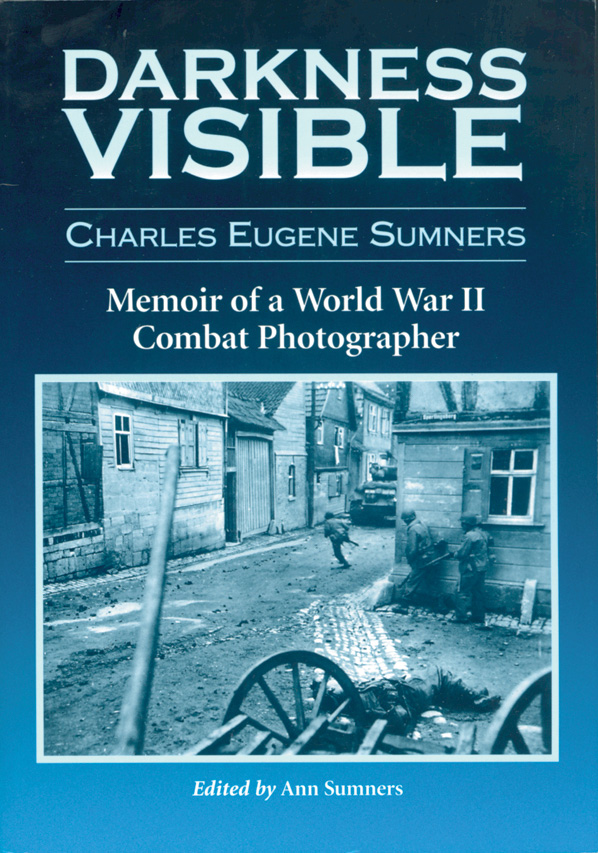 Darkness Visible: Memoir of a World War II Combat Photographer by Charles Eugene Sumners, McFarland, Jefferson, NC, 2003, 188 pp., illustrations, map, index, $45.00 softcover.
Darkness Visible: Memoir of a World War II Combat Photographer by Charles Eugene Sumners, McFarland, Jefferson, NC, 2003, 188 pp., illustrations, map, index, $45.00 softcover.
The combat cameramen of World War II were the eyes of the battlefield, recording a wide variety of images for the people in the United States and to preserve the historical record of operations. Charles E. Sumners served as a combat photographer in the 166th Signal Photo Company in Europe during World War II and recorded with lens and pen his wartime memories—“some sad, some happy, many horrendous, all life-changing”—in this autobiographical account. Highlighting his experiences in training camps in the United States, then the fighting in France, Belgium, and Germany, and including the liberation of concentration camps, Sumners’ reminiscences, accompanied by dozens of photographs, are a pleasure to read.
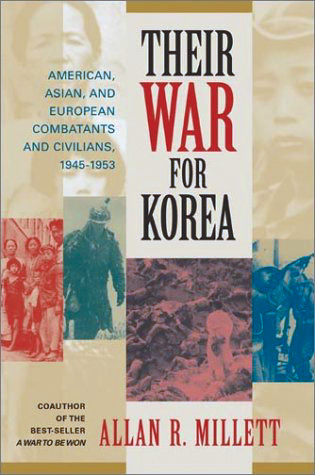 Their War for Korea: American, Asian, and European Combatants and Civilians, 1945-1953 by Allan R. Millett, Brassey’s, Dulles, Va., 2003, 320 pp., chronology, illustrations, maps, appendix, index, $25.95 softcover.
Their War for Korea: American, Asian, and European Combatants and Civilians, 1945-1953 by Allan R. Millett, Brassey’s, Dulles, Va., 2003, 320 pp., chronology, illustrations, maps, appendix, index, $25.95 softcover.
Many Americans continue to be confused about the genesis, operations, and political termination of the Korean War, known until recently as the “Forgotten War.” To help shed light on this conflict and explore the influence of the Korean War, prominent military historian Allan R. Millett conducted interviews with military and civilian participants and wove their reminiscences into stirring personal accounts. These intriguing vignettes provide insight into the tremendous struggle that, while pitting Korean against Korean, was also an international conflict drawing in Russian, Chinese, Belgian, Thai, Dutch, and Australians , as well as Koreans and Americans. This superb study also illuminates the little-known role of Christianity in South Korea’s fight against Communism and helps put a human face on the horrors of the Korean War.
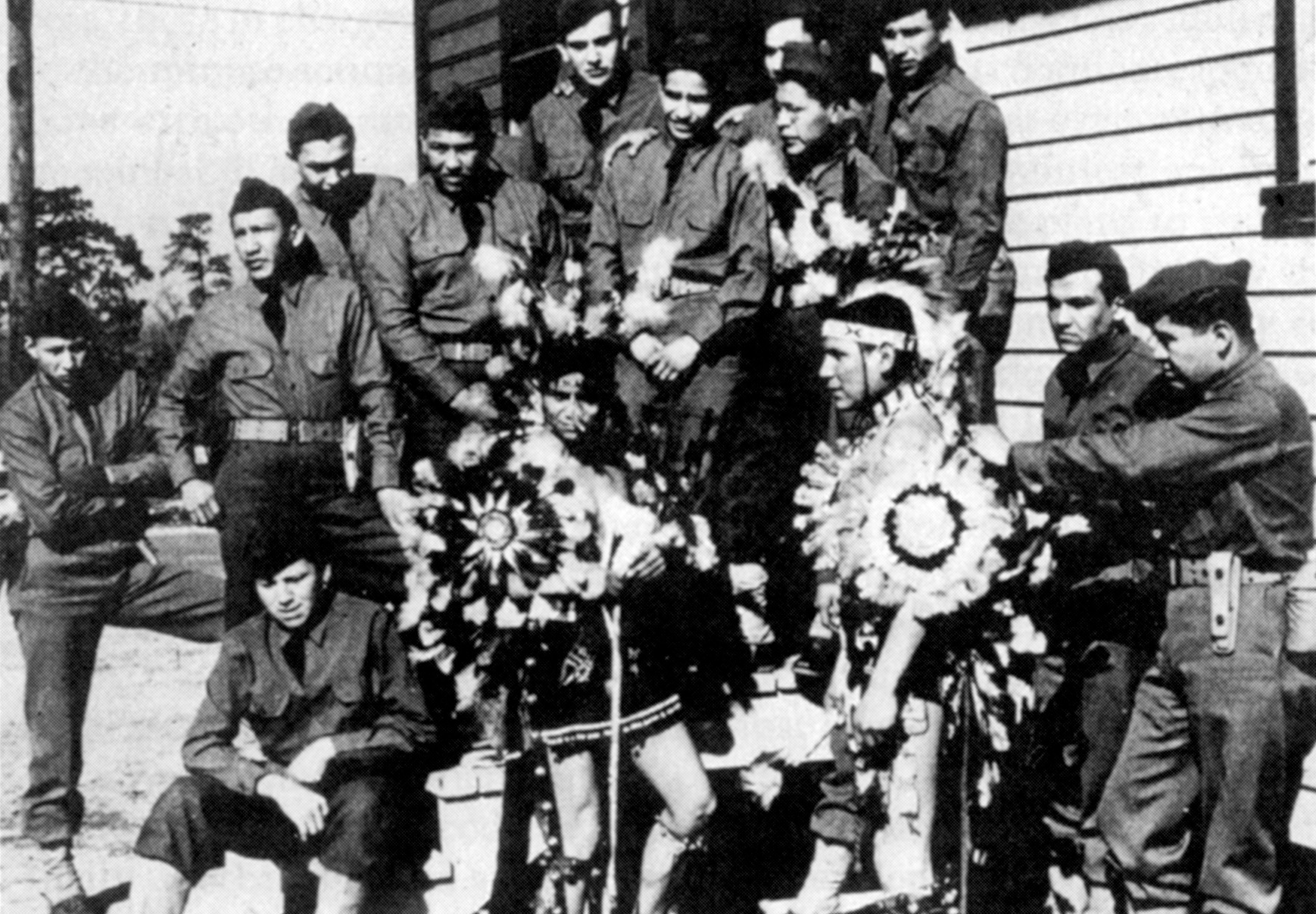
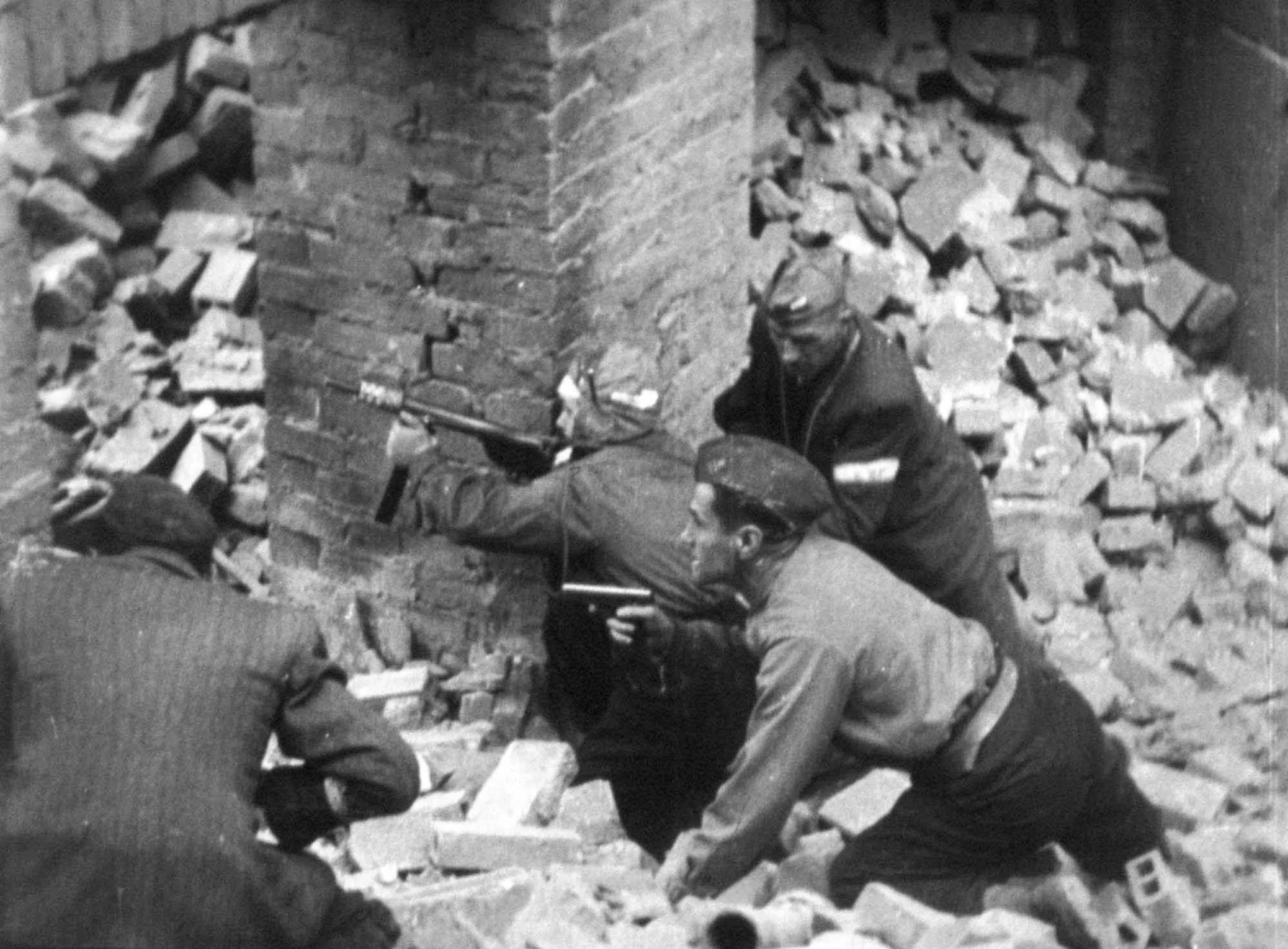
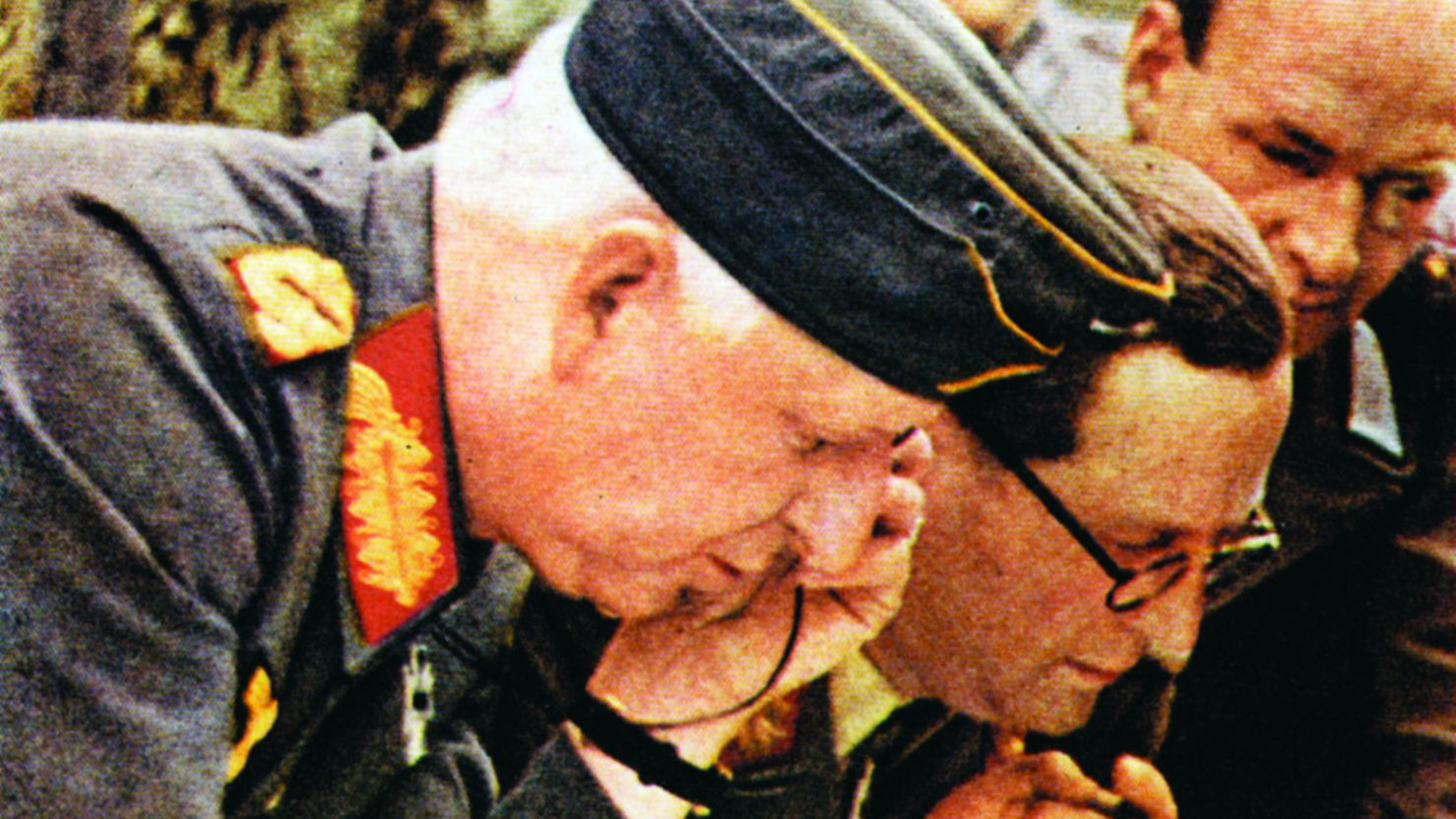
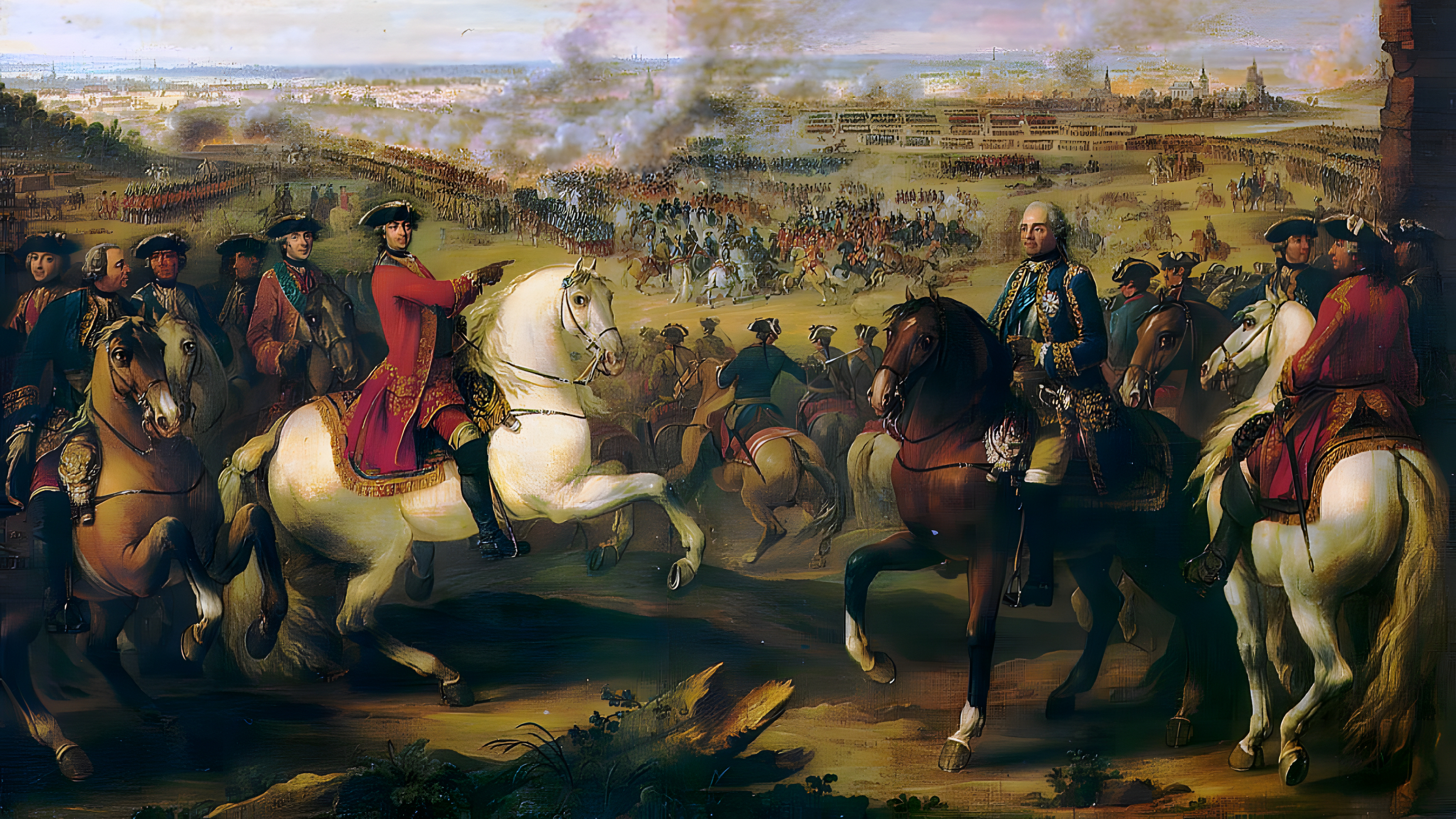
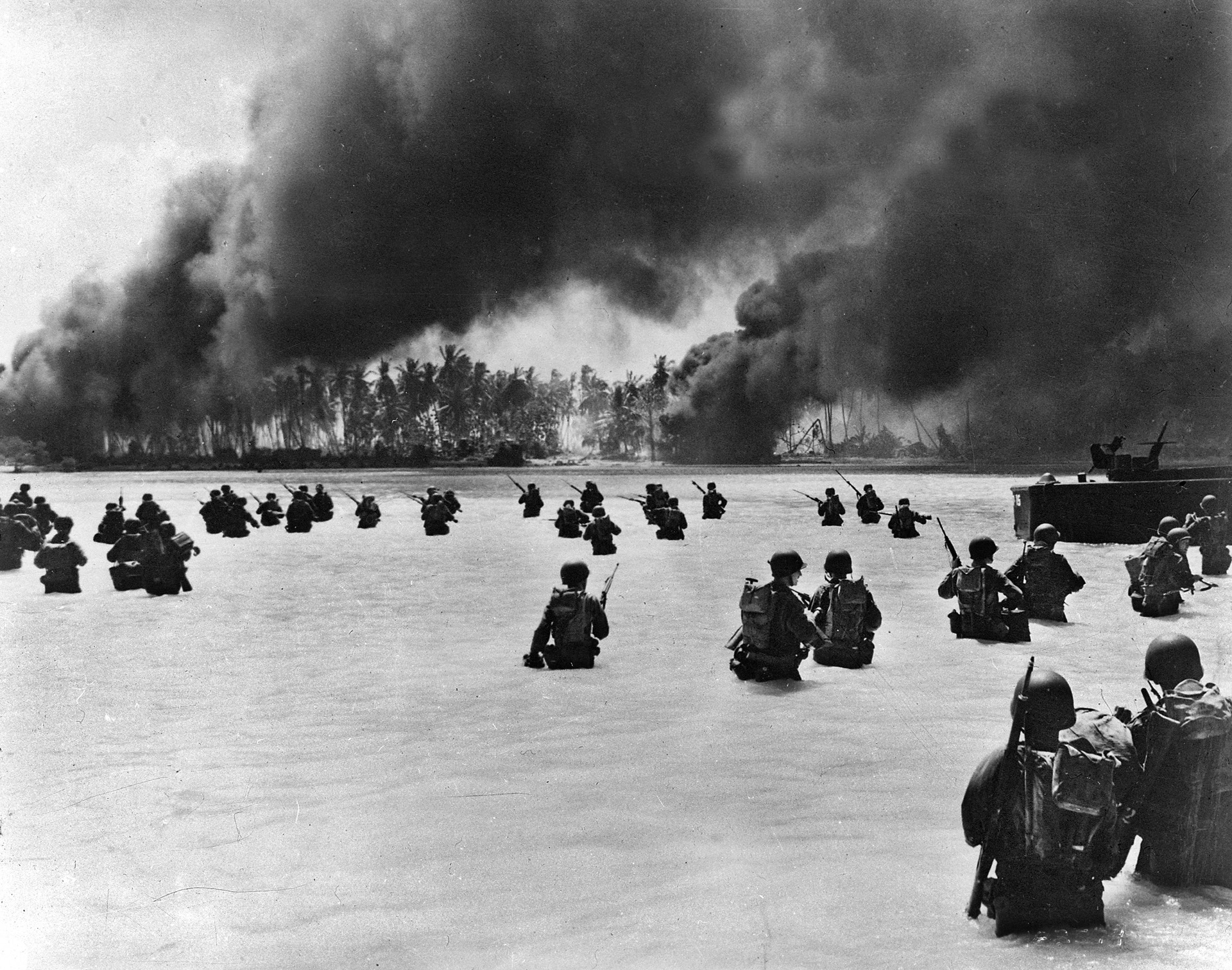
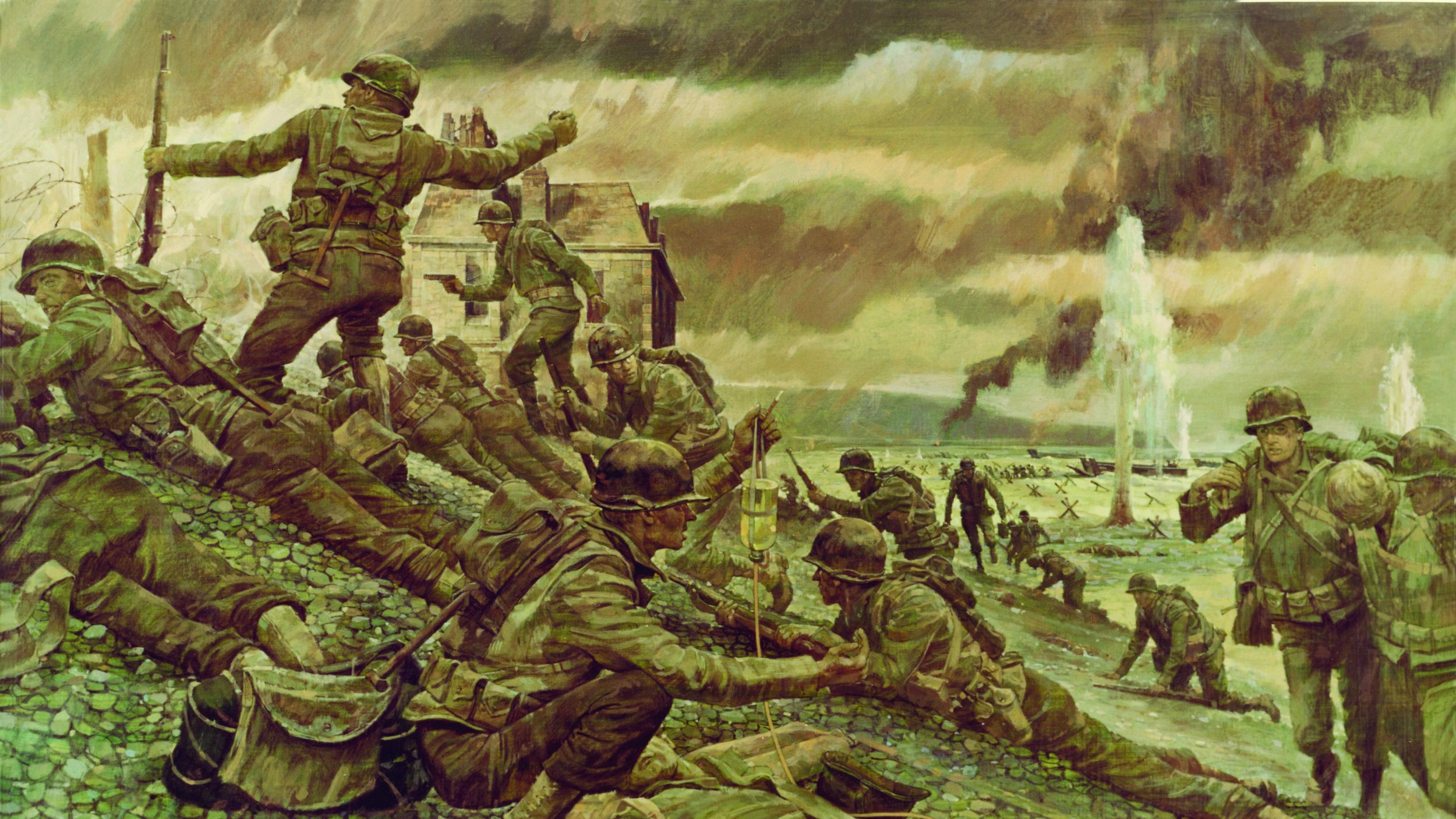
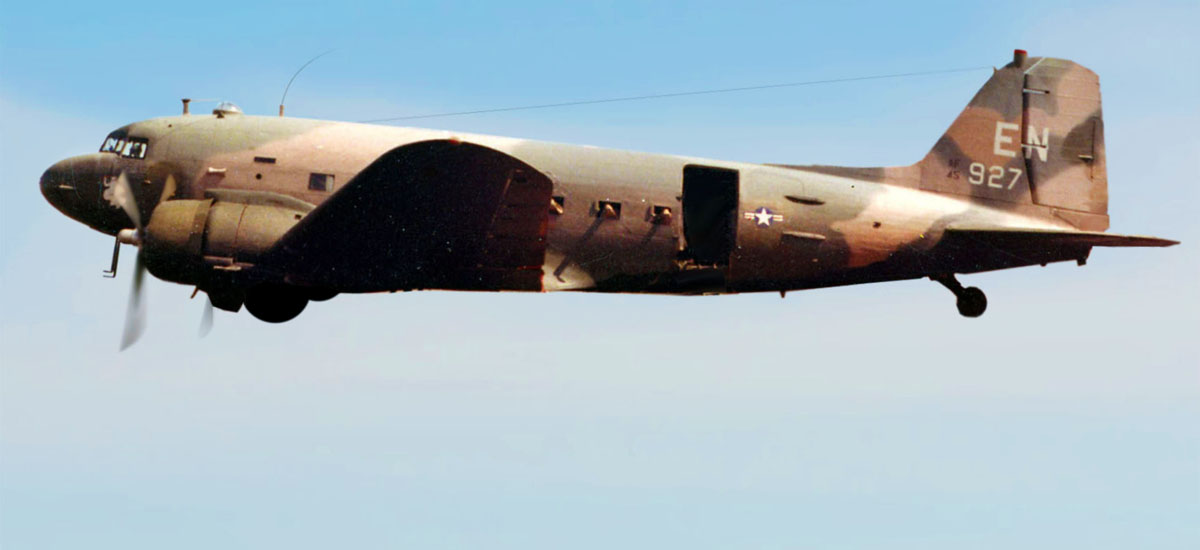

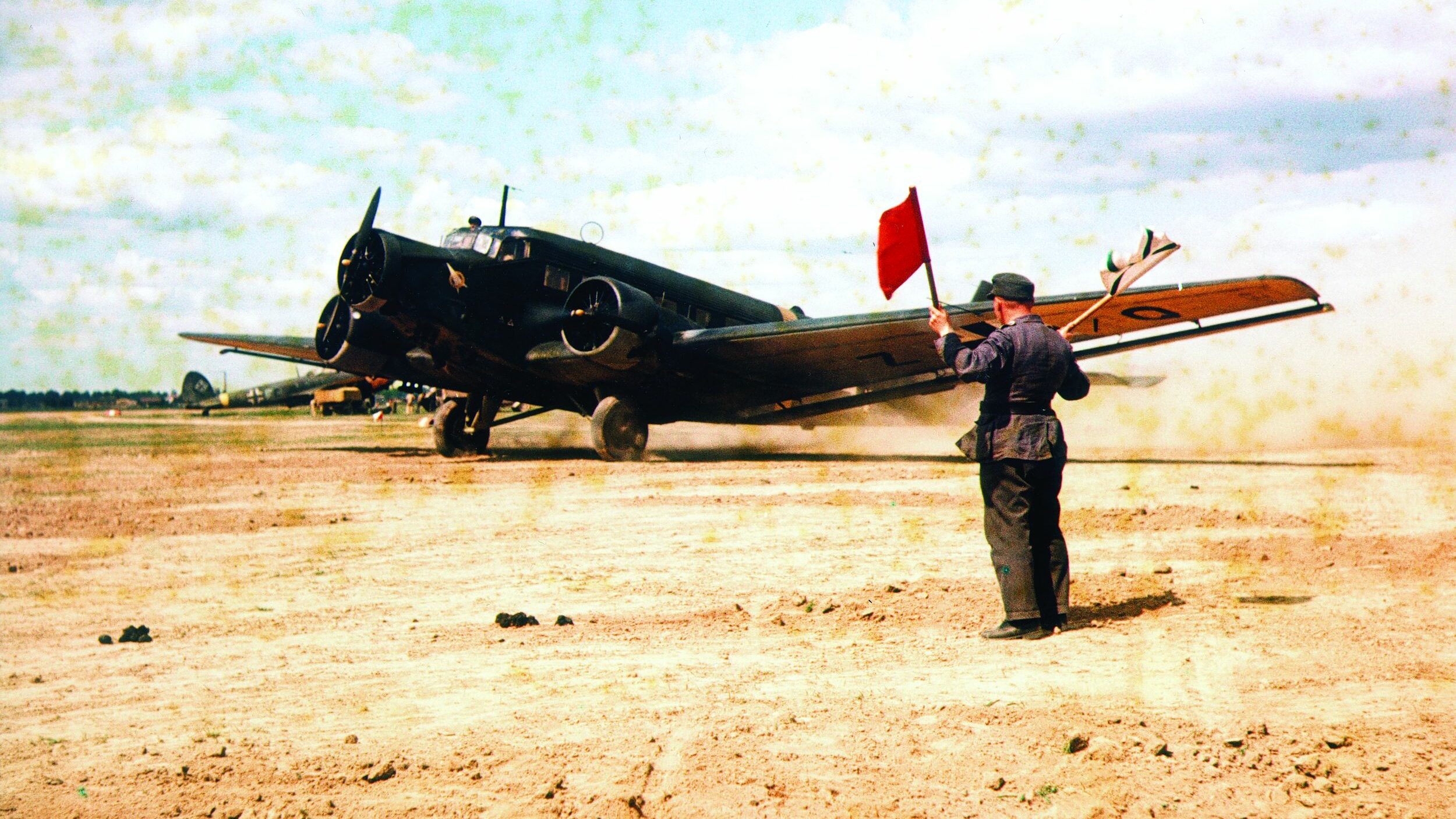
Join The Conversation
Comments
View All Comments